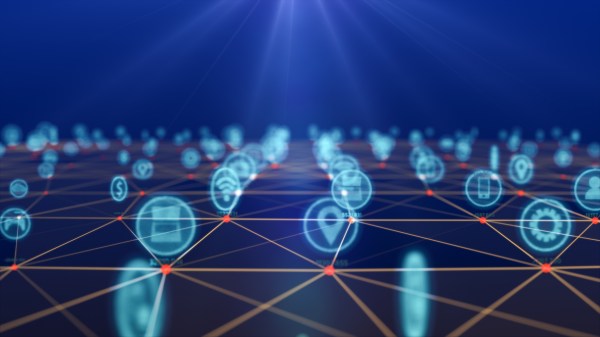Are APIs the future of government IoT efforts?
As government ponders its place in the landscape of the Internet of Things, some feds are pointing to APIs as a good place to start.
The federal government already has more than 6,000 APIs, short for application programming interfaces, on which the public can build applications. Gray Brooks, a senior API strategist with the General Services Administration’s 18F, argues that instead of trying to keep up with the evolution of the Internet of Things, government should focus on its role as an information and API provider.
“One of the things the government does well is aggregate and provide information and certain functionality, and that truly is irreplaceable,” Brooks said during a panel Wednesday at the Federal Mobile Computing Summit. Now government is making a name for itself positioned “in a layer underneath on which a third-party application or product” is built, he said.
Government is used to being the sole provider of its services and information. But Brooks, during his work with APIs at the Federal Communications Commission prior to joining GSA, realized government’s “mission was best served by allowing third-party integration.”
“We started to let go of being the end-all be-all for the user experience. Trying to be everything to everybody doesn’t work,” he said. “As we started to let go of that, we became kind of this layer underneath where third-party apps could go on top of our APIs, and that I think is the role the government has to play in the Internet of Things — taking the things that only they can provide and making sure they’re available to everybody else.”
An early example of that is 18F’s project “If Gov Then That,” based on the popular Web-based service If This Then That. The conditional system is set up around an “if this happens, then do that” command structure. For instance, users could set up the application so that any time President Barack Obama signs a bill into law, it sends out an alert — whether that be a text message, an email or a temperature boost in their Internet-connected, Nest-controlled home, if they so choose.
While agencies are catching on to the external benefits of developing public APIs, Brooks said federal government often fails to see the collaboration and communication efficiencies that come with using them internally as well.
“Too often talk of APIs is bundled up in talk of open government and open data,” he said. “And that’s really a loss because I think we’ve seen very clearly from industry and the private sector where the greatest beneficiaries of APIs are the [creators] and the efficiencies they accrue internally.” He believes the need for this internal Web service as a utility will lead to the creation of agencywide intranets around government in coming years, used much the same way private developers interact on a GitHub page.
“We’re talking kind of a cutesy game of ‘Let’s put out APIs so app developers can make things for the public,’ and kind of stopping there,” Brooks said. “We’re failing to realize that within a medium-sized agency, there are 30,000 potential people who need internal-only information and functionality. And why would you not do the same efficiency of basically making that available as a dynamic Web service? It’s something that agencies are starting to wake up to, and it’s going to be very powerful.”
Sokwoo Rhee, the National Institute of Standards and Technology’s associate director of cyber-physical systems, agreed with Brooks that APIs could play a major role in government’s involvement in IoT, especially bridging the gaps between agencies.
“We are not necessarily maximizing the investment we have made in IoT,” he said, calling the government’s Internet of Things efforts fragmented. “Everybody does their own thing. The question is how we can make the different agencies to work together, collaborate and get these different data sets and ideas to connect. And I think that’s where APIs are pretty useful.”
The federal government has invested massive amounts of money into IoT research, Rhee said, and the goal now needs to focus all those Internet of Things efforts around one common mission.
“At the end of the day, what is it going to do?” he asked. “Is it going to create more jobs? Is it going to create more businesses? Is it going to save lives? That’s the kind of things we really need to ask ourselves.”
But when the effects of the federal government’s involvement in the Internet of Things do arrive, the public won’t even realize it, Brooks said. “You will see citizens and industry partners being served by government without even knowing that they’re engaging with government and being a lot happier for it.”






